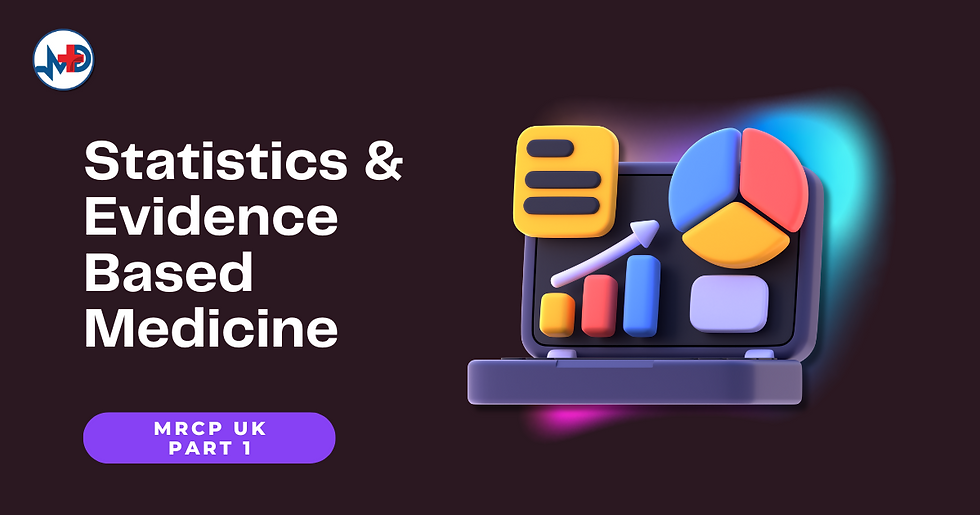Why Medical Education Should Embrace Digital Tools: Success Stories and Opportunities
- Dr Lavanya Narayanan

- Apr 20, 2022
- 2 min read
Updated: Oct 29, 2023
As technology continues to advance, many schools and universities are turning to digital tools to enhance the learning experience for students. However, the adoption of these tools in medical education has been slower compared to other fields. This is definitely a loss because there are so many potential benefits to using digital tools in medical education!
Online simulations & Virtual patient cases

For example, consider the University of California, San Francisco (UCSF). They have implemented a number of digital tools to help students learn more effectively, such as online simulations and virtual patient cases. These tools allow students to practice and hone their skills in a safe and controlled environment, which is especially important in the field of medicine where mistakes can have serious consequences.
Web-based or App-based training resources

Another great example is the Mayo Clinic School of Medicine. They have developed an app called "Curriculum - Internal Medicine Residency (Florida) - Mayo Clinic College of Medicine & Science" that allows students to access course materials, review lectures, and interact with their peers and professors. This app has been a huge success and has received high marks from students for its convenience and user-friendliness.
Bite-sized learning content on social media platforms

Doctors can create their own educational videos on YouTube to share their knowledge and expertise with their peers and patients. These videos can cover a wide range of topics, such as new research findings, best practices, and case studies.
Sharing presentations: Doctors can use YouTube to share presentations that they have given at conferences or other events. These presentations can be a valuable resource for medical professionals who are looking to learn about new research or treatments.
Participating in live streams: Doctors use YouTube to participate in live streams, where they can answer questions and provide medical advice to viewers in real-time.
There are many other examples of medical schools using digital tools effectively, but unfortunately, these efforts are not yet widely replicated. One reason for this slow adoption is the traditional nature of medical education. Medical schools have long relied on in-person lectures and hands-on experiences to teach students, and there may be resistance to changing these methods. However, it's important to remember that digital tools can complement and enhance these traditional methods, rather than replace them entirely.
Another challenge is the lack of standardization in medical education. Different medical schools may have different curricula and approaches to teaching, which can make it difficult to implement a uniform set of digital tools. This is where leadership and collaboration come into play. By working together, medical schools can develop and share best practices for using digital tools in education, helping to ensure that students receive a consistent and high-quality learning experience.
In conclusion, the use of digital tools in medical education has the potential to revolutionize the way students learn and prepare for their careers. By embracing these tools and working together to overcome challenges, medical schools can provide students with the skills and knowledge they need to succeed in today's rapidly changing healthcare landscape!


